Hallett & Pratt, architect
1920
1200 Wilmington Ave.
The somber-looking, skintled brick, Gothic Revival, and sparsely-landscaped complex that served Ginter Park Baptist Church for almost a century was built of elements that date to long before 1920. Herein lies an intriguing saga of architectural recycling that begins downtown with a Presbyterian church on East Grace St. and, like much of Richmond history, involves the Civil War.
In April 1865, near the end of the conflict, Richmonders burned warehouses along the canal and river to keep munitions and supplies from the advancing Union troops. The fire spread and destroyed much of downtown including one church, United Presbyterian Church, located at the intersection of East Franklin Streets and Eighth Streets. In 1872 the congregation built a new church at the northeast corner of East Grace and Fourth streets and renamed it Grace Street Presbyterian Church. The locally-prominent architects of the new Grace Street Presbyterian structure were two brothers, Charles Dimmock and Marion Dimmock.
In 1906, however, the Gothic Revival structure was remodeled and modernized, attesting to the post-reconstruction economic recovery. The red brick exterior was painted white. On the spruced-up interior, decorative highlights included chandeliers and stained glass windows designed and crafted by the Louis Comfort Tiffany studios in New York. However, just ten years later in 1916, the Grace Street Presbyterian sanctuary was abandoned when the congregation merged with the Church of the Covenant. Newly-formed Grace Covenant Presbyterian Church built an impressive new house of worship at 1627 Monument Ave. designed by Peebles and Ferguson Architects of Norfolk. The chandeliers from Grace Street were reinstalled in this new sanctuary,
Meanwhile, a Richmond businessman, Ernst Farley, the president of Richmond Engineering Company, had purchased the vacant Grace Street church building, but not the Tiffany windows. Apparently John D. Rockefeller had sought to purchase them for an architecturally glorious edifice he was planning for New York City, The Riverside Church on the Hudson River at 122nd Street.
At this time in Richmond’s Laburnum Park, a fast-developing middle-to-upper income streetcar suburb in the Northside, Ginter Park Baptist Church had been established. It was housed temporarily at the Ginter Park School (now the Lewis Ginter Community Building) on Hawthorne Avenue. In 1919 the Baptist congregation decided it would build a church on three lots it had acquired at the northwest corner or Wilmington and Brook Road. Ernest Fraley, a member of Ginter Park Baptist, offered the former Presbyterian Church that was still standing downtown. It was dismantled, hauled up Brook Road, and rebuilt with the arches, beams and brick generally following the original layout. Richmond architects Marcus A. Hallett and Roy G. Pratt of Hallett & Pratt designed the complex which included an architecturally complementary chapel and educational wing. To compensate for the nicks and irregularities in the recycled brick, exterior walls were laid in a skintled (slightly jagged) manner – a masonry technique developed in Chicago by the 1920s. As it turned out, Rockefeller did not acquire the eight major Tiffany windows so Ernst Farley (who lived with his family across the street from the building site) made them available to Ginter Park Baptist. Four windows, with mostly non-figurative designs, were set along each of the sanctuary’s side walls. Attendees still enter the sanctuary through doors to either of two complementary crenellated towers, one higher than the other, that mark the facade.
In 2017, members of Ginter Park Baptist decided that they could no longer maintain and operate so large a physical plant. The congregation now worships at 6100 Chamberlayne Road and Eternity Church is the current steward of this architecturally handsome place.
ES
Note: a previous version of this article misspelled the name of Ernst Farley as Ernest. The Church of the Covenant was incorrectly referred to as Covenant Presbyterian Church.

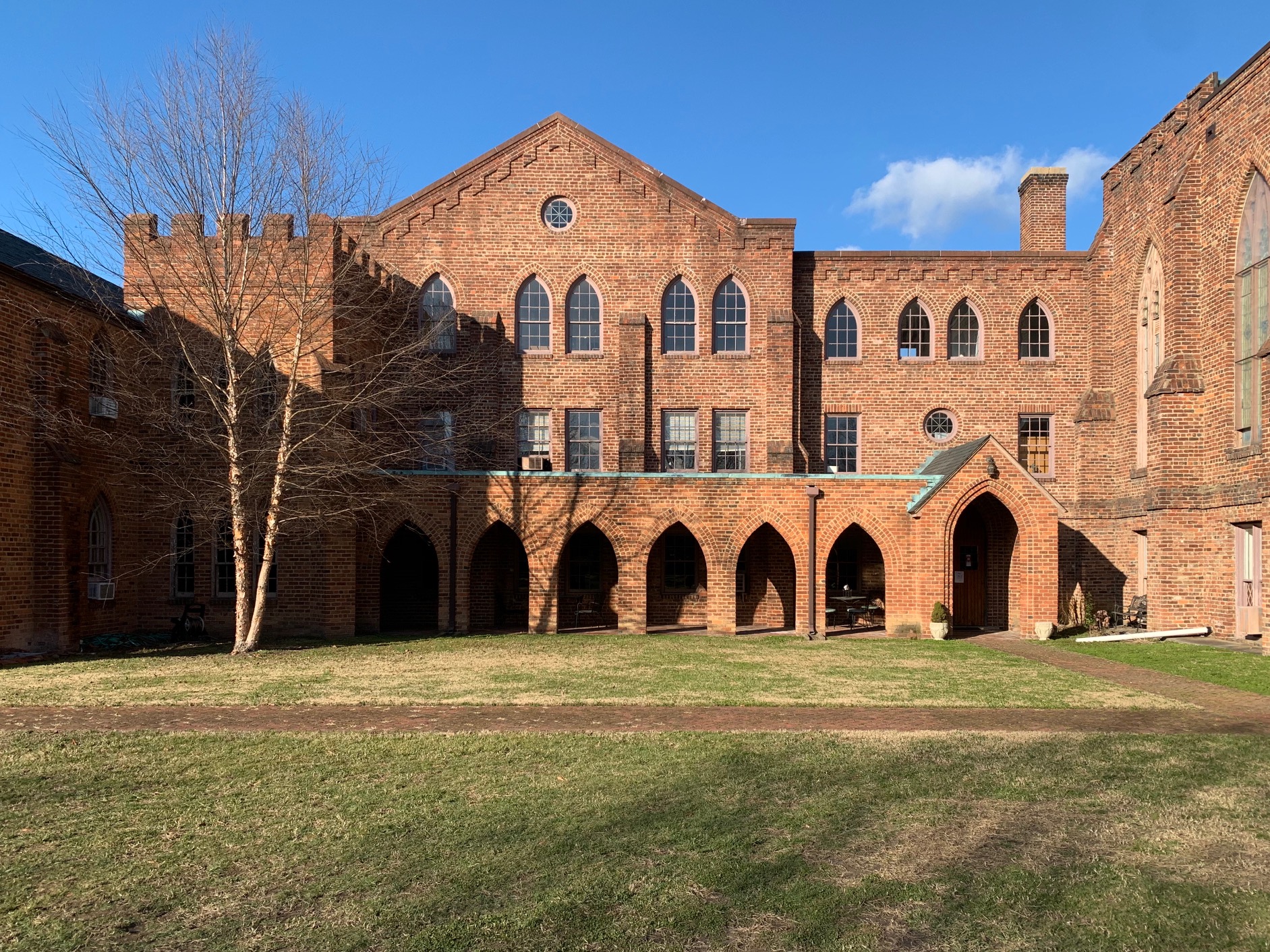

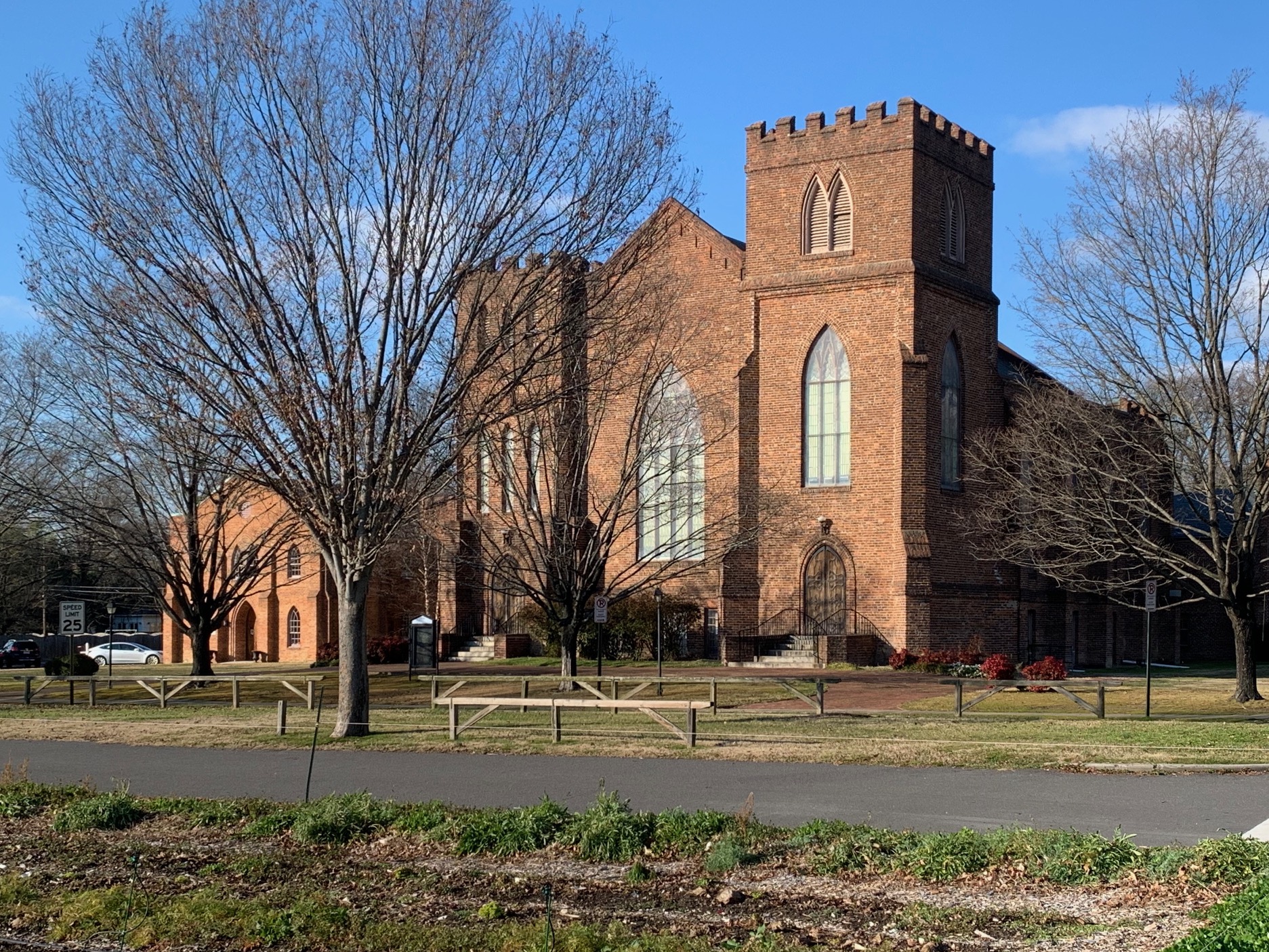


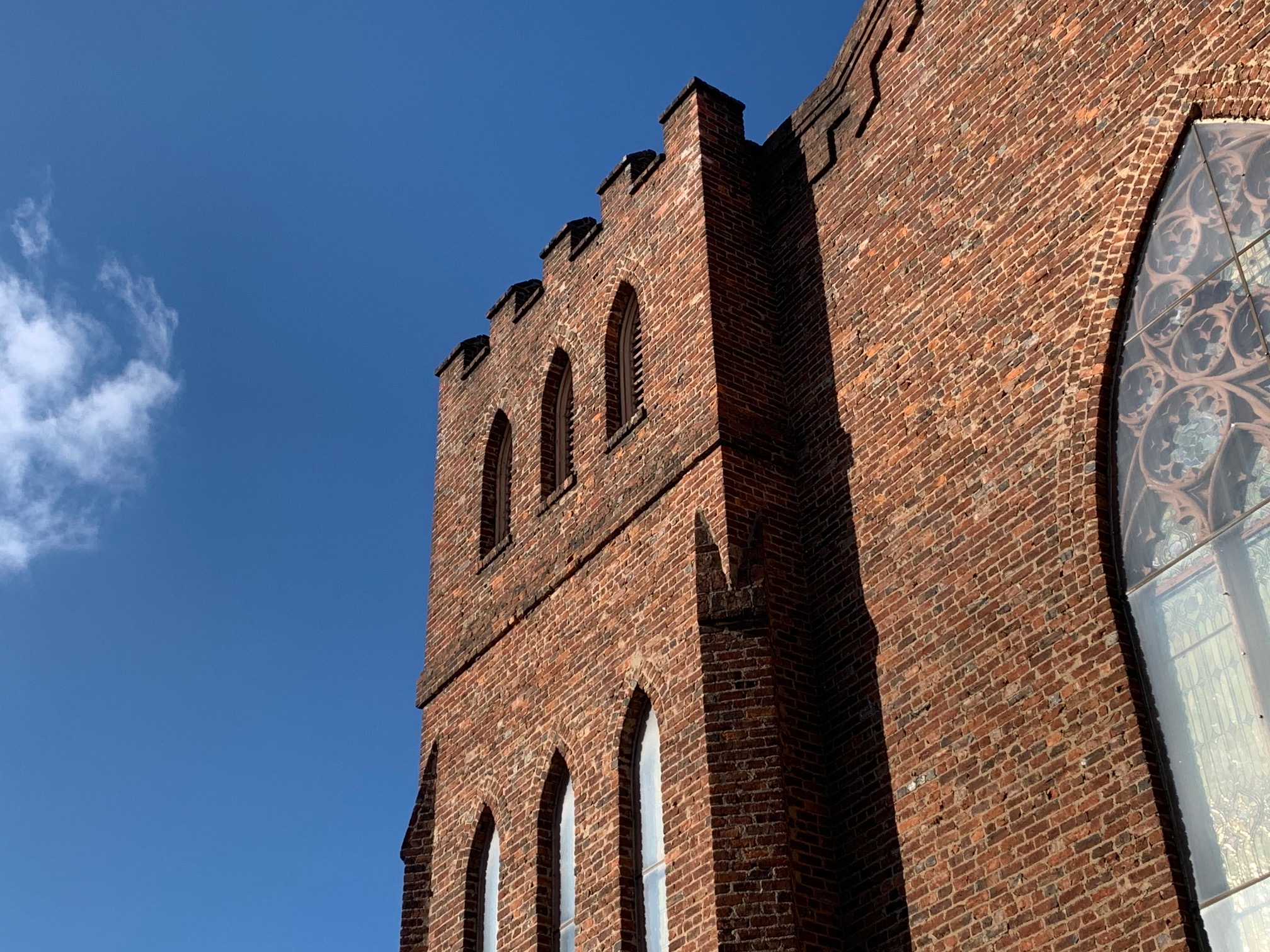

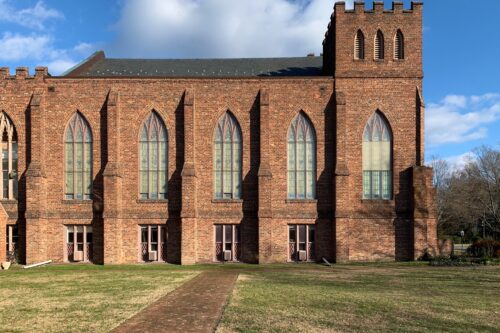
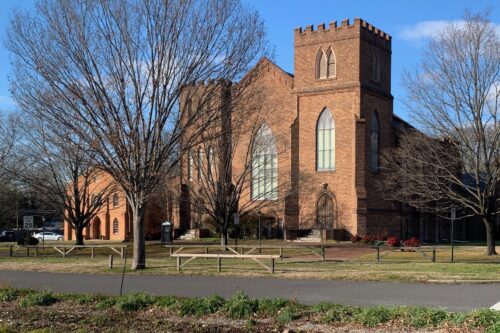
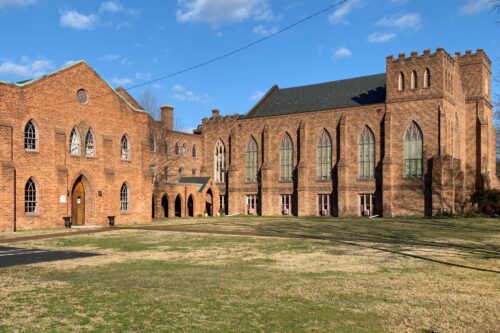
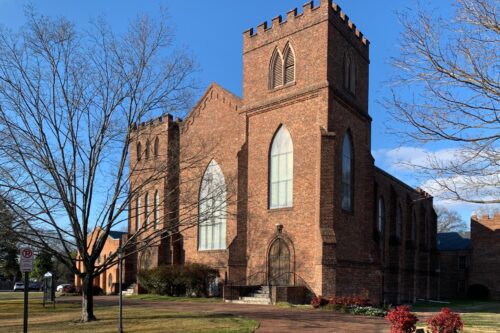
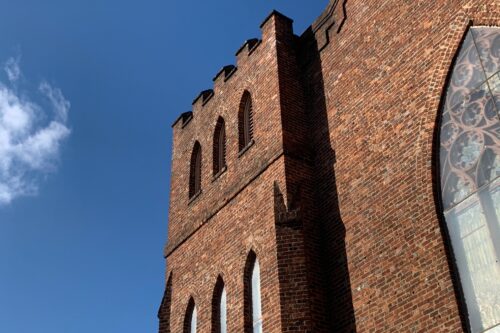
Write a Comment